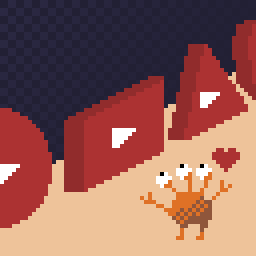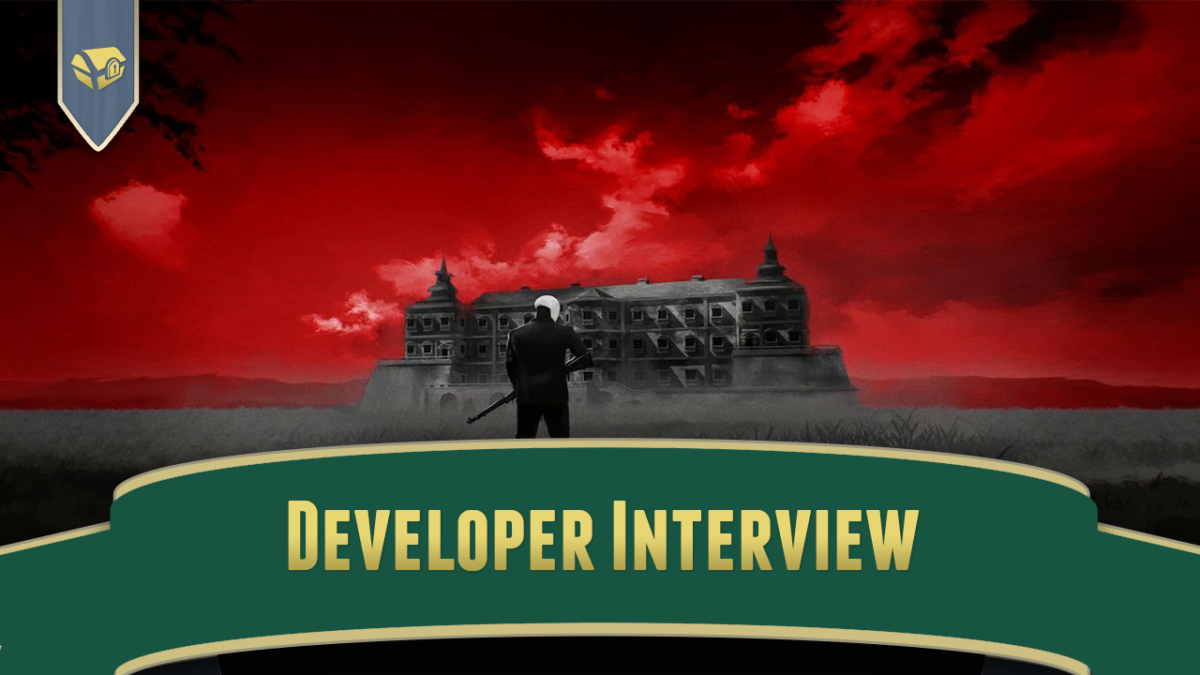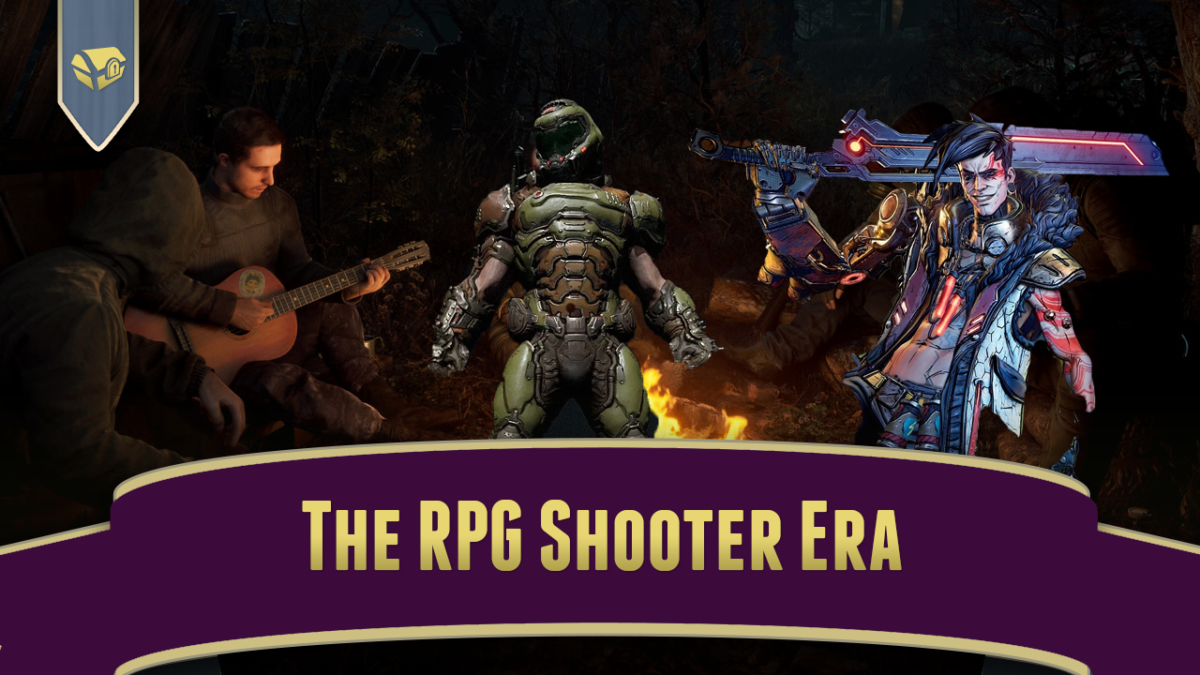
Sundry Sunday is our weekly feature of fun gaming culture finds and videos, from across the years and even decades.
Sometimes on Sunday we find very old things that survive down to us through years. But sometimes we find some fairly new memes, and this is one of those.
I don’t know when or where this started, but there’s this collection of videos on Youtube that are just silence, but with, very once in a while, maybe every two or three minutes, a sound effect to break the repose. Fortunately, most of these videos lead off with the sound effect, so you’ll know kind of what the result will be.
Why load up a video like this? Well as far as I can tell, the idea is to have it playing in the background while you do other things, such as watch a movie. Once in a while, the sound will happen to play around the time something significant in the other thing happens, and the unexpected juxtaposition is humorous, or at least interesting. Basically, humor through randomness. I’ve long had an idea for a mobile app that would do something like this, with randomized noises, but in the end figured it was too niche to bother with. Maybe I should try it after all?
While this idea extends beyond just video game sounds, several prominent examples have to do with games, keeping us within our site’s roomy theme. For best results, whatever those might be, it’s probably best to have on an ad blocker, or else some of the random noises will be commercials for terrible mobile games or Old Spice deodorant.
Here’s Lego Yoda screaming sporadically:
Mario, doing something similar:
Now the interruption is by the first four notes of Megalovania from Undertale:
A Minecraft Villager peppers your the next hour with infrequent noises:
Or here, just Minecraft sounds in general. The sounds in this one are fairly frequent, two or three a minute. There has got to be a Creeper noise in there somewhere to cause sudden jolts, I’m sure:
Angry Bird game noises:
The Mario 64 Thwomp sound effect:
Waluigi:
And, a duck quacking. It’s not a video game duck. I just like ducks.
If you watch more than one of these, expect your Youtube suggestions to get weird for a while. Now that your day has been enlivened and enriched I take my leave of you until the morrow. Ta!







